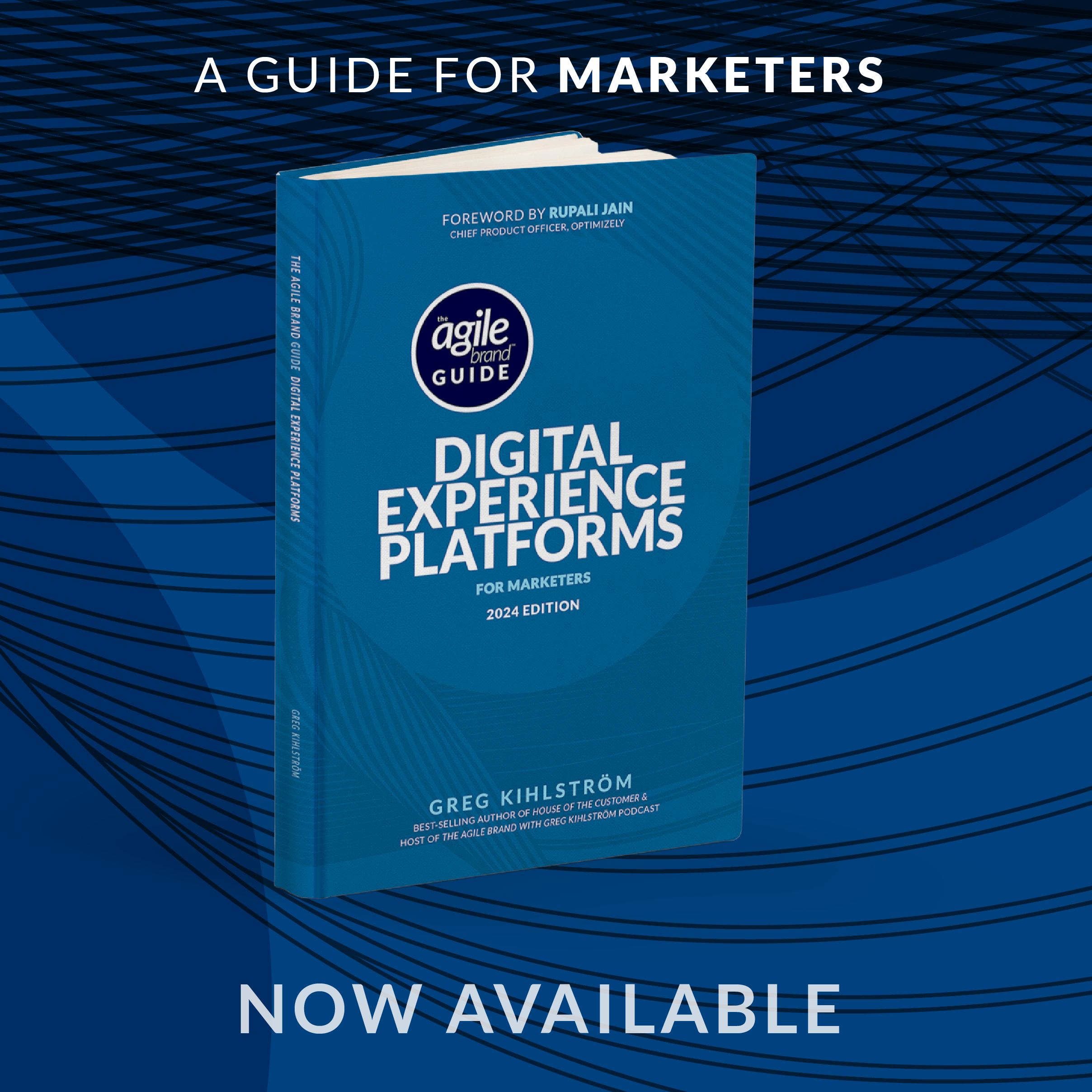This article was based on the interview with Austin Fredrich from The Office of Experience by Greg Kihlström for The Agile Brand with Greg Kihlström podcast. Listen to the original episode here:
Segmenting too small can be limiting in advertising campaigns. While it may seem logical to narrow down the target audience to a specific group, there are several drawbacks to this approach.
Firstly, by targeting a very narrow audience of less than a thousand people, there is a risk of missing out on potential customers who do not have accounts on the chosen platform or who use different search engines. This can significantly limit the reach and impact of the advertising campaign as well as your return on advertising spend, or ROAS.
Secondly, focusing only on decision-makers can also be limiting. While it may seem ideal to target the final decision-maker, it is important to recognize that there are often other influential individuals in the decision-making process. By segmenting too small, advertisers may miss out on reaching these influential individuals who can play a significant role in the ultimate decision.
Furthermore, in Business to Business (B2B) or longer tail decision-making products, the decision-making process can involve multiple stakeholders. By segmenting too small, advertisers may fail to reach all the relevant stakeholders, thereby limiting the effectiveness of the campaign.
Moreover, segmenting too small can have budgetary implications. Ad platforms are designed to provide results and use artificial intelligence to identify the audiences that respond to the targeting. By going a little broader in the segmentation, advertisers may still be able to reach the desired audience within their budget. This broader approach allows for more flexibility and potential for success.
Additionally, advancements in personalization across various channels have caught up to advertising segmentation. While advertising used to be the primary means of targeting individuals, other technologies now allow for personalized messaging on different channels. This means that narrow targeting solely through advertising may not be as effective as it once was.
To effectively compare, contrast, and test different audience segments, it is important to use built-in overlap tools to ensure that the targeting is unique and distinct. This helps to avoid overlapping and targeting the same people, which would prevent meaningful results and learning. Additionally, using radically different creative in segmented messaging allows for a true difference in performance to be measured.
Finding the right balance between segment size and targeting specificity is crucial. While it may be tempting to include every possible variable in the targeting list, it is important to consider the accuracy and relevance of the targeting. Building segments and audiences based on accurate and close data to the platform is a priority.
Segmenting too small can be limiting in advertising campaigns. It is important to consider industry benchmarks, audience size, and targeting accuracy when creating campaigns. By finding the right balance between broad and narrow audience segments, advertisers can maximize reach, conversion potential, and ultimately create successful and scalable campaigns.










